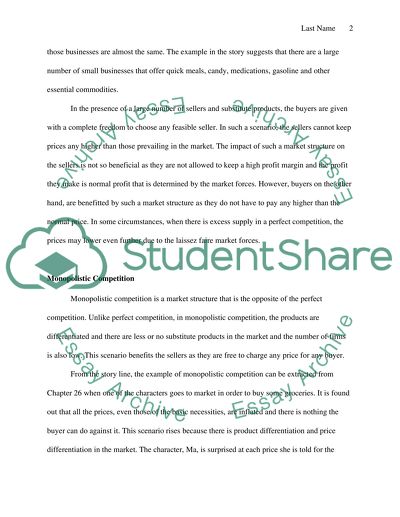Cite this document
(“Market Structures Research Paper Example | Topics and Well Written Essays - 1500 words”, n.d.)
Retrieved from https://studentshare.org/macro-microeconomics/1445116-market-structures
Retrieved from https://studentshare.org/macro-microeconomics/1445116-market-structures
(Market Structures Research Paper Example | Topics and Well Written Essays - 1500 Words)
https://studentshare.org/macro-microeconomics/1445116-market-structures.
https://studentshare.org/macro-microeconomics/1445116-market-structures.
“Market Structures Research Paper Example | Topics and Well Written Essays - 1500 Words”, n.d. https://studentshare.org/macro-microeconomics/1445116-market-structures.


